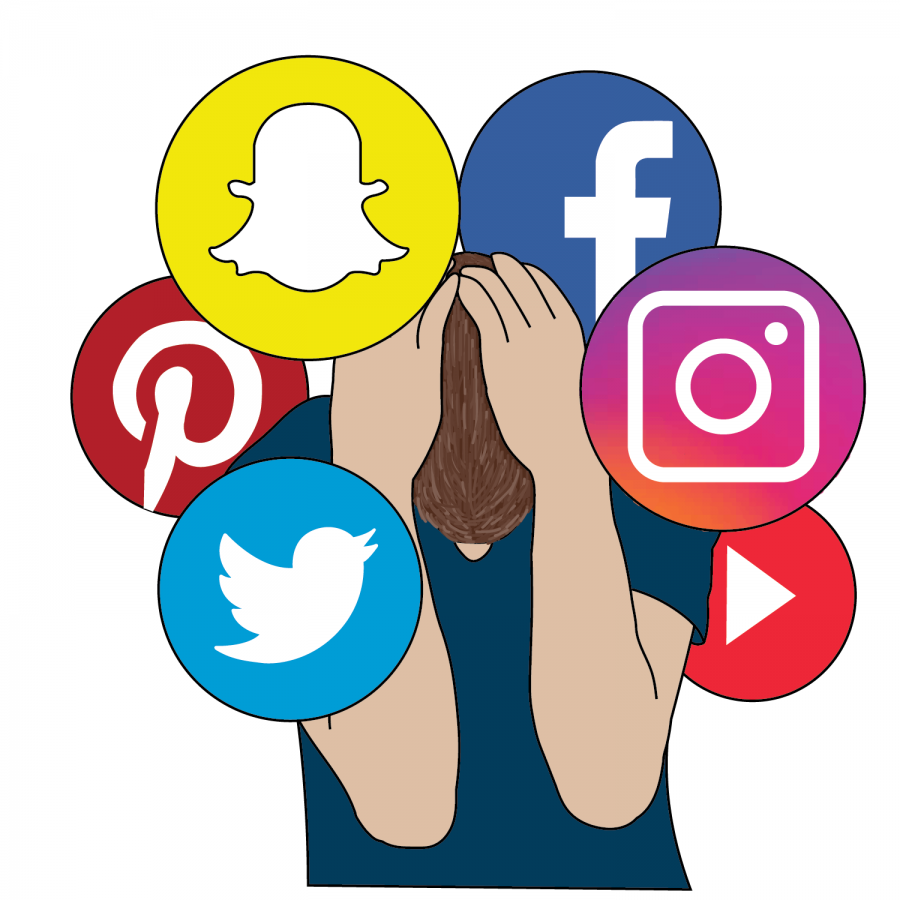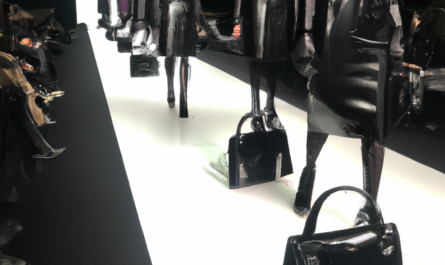By: Anthony Ebel
Hot off of last class discussion in ethics and social media, I thought it would be good to highlight a social media fail from Monterey Bay Aquarium I picked up from CBS SF Bay Area. Let’s be real, sometimes it’s better to say nothing at all versus trying to be funny and it hurting your brand. You can’t please everyone, but don’t risk your brand image for some comic relief.
Monterey Bay Aquarium tried to be funny by posting this pic of Abby the otter on Twitter with an interesting choice of language. the aquarium referred to the otter as “thicc”, “chonk”, and “an absolute unit”. Users were quick to comment on the inappropriate use of the language and a firestorm ensued. Many people commented and retweeted, saying they were offended and the creator of the post should be ashamed.
The aquarium quickly responded with a long apology saying they “need to de better”. They then went on to discuss their mission. Interestingly enough the original post is still live on Twitter and they have not taken it down.
Posts like these are happening far too often with companies much bigger than the Monterey Bay Aquarium. How far is too far? What are companies doing regulate their channels in order to avoid such backlash and negative light in the media? These are questions we are asking ourselves every day, yet these type of posts keep appearing. The want to go viral on social media has brands and companies alike taking chances on cringe posts such as this to the point where it feels like roulette in Vegas. Take a spin and see if you can win big. but if you lose, you lose it all quick and it’s tough to bounce back.
It will be interesting to see in the near future if there are more opportunities in digital/social media compliance to add more checks and balances to brands social media posts. With the thought of one single post being detrimental to brand image, it may be an investment companies need to make to protect themselves.
Follow me on Twitter




I think a lot of times when brands are trying to be funny, relevant, and engage with their audience they do not mean to be offensive but they seem to fail to consider all audiences opinions on their posts. Is this due to the lack of opinions and diversity of people that contribute to social media posts? Something that Kelli mentioned in class that seems so simple but is sometimes obvious missed is the question “What’s the worst that can happen?”. Hopefully brands and companies will even further think through about the repercussions of what they post.
Many brands have been successful with humorous internet-based campaigns including Netflix and Wendys to name just a few. While there is a definite line between what is funny and what is not, some companies are highly successful and some, like this aquarium, are just not. I don’t find this particular case offensive or outrageously wrong and immoral but I do agree that it is not funny. My recommendation for companies that are wanting to engage with people through humor is to do extensive research on other humorous cases, both successful and not, to see what works with the public and what shouldn’t be done. I would also recommend hiring someone who already has a humorous presence on some form of social media as they are more likely to be funny.
Anthony, interesting take on the way brands use humor inappropriately. I think that consumers expect brands to have a personality and will reward the organization if they hit the mark. When they don’t, however, as in the case of the Monterey Bay Aquarium, we criticize and call out “shame on you.” This perplexing dichotomy makes me wonder, what are the best practices to ensure brands are tone sensitive and cognizant of what they put out into the world? Since brands are held to higher standards, how can they remain authentic, while responsibly navigating and participating in consumer dialogue?
I think you chose a really interesting topic to write about. Humor is something that lots of companies rely on both in advertising and in social media. Simply put, humor sells. But there is definitely a risk that companies take when they try to use humor, as we see in this Monterey Bay Aquarium tweet. There are a few different ways brands can choose to portray themselves on social media. Some will choose to have a serious tone that sticks to posting about facts while others will choose to write with a more friendly, human tone. The risk for being serious is that it can be somewhat boring or corporate sounding and doesn’t get consumers particularly excited about their brand. That being said, I think it’s a much safer approach because it’s also much harder to say something that will get negative feedback. Being funny, on the other hand, can get followers exited about a brand and engaged with their posts, but carries the risk of offending certain groups of people. Overall, social media is an interesting place and it’s extremely important for brands to not only consider what they want to say, but how they say it.
For a social media mishap, I definitely wouldn’t have immediately thought of this instance. It’s really interesting too, since most of what the Monterey Bay Aquarium does for its social media is usually a hit, often time getting featured on trending or cascading into other feeds of people (even into mine!) despite not having distinct interests in the aquarium. I think in this case, their relevancy and trust of others isn’t exactly lost, but definitely frowned on – especially when put against how many successful viral Tweets they’ve had that utilize current Tweet formats correctly/humorously (actually funnily).
This mishap probably played out this way because the team got cocky with their previous posts, so then they ended up making an inappropriate post like this – which isn’t to say it’s a bad post, I personally think it would’ve been fine if they just left the Tweet as “Abby is a thicc girl” – but it definitely felt weird seeing all of it together in one place just for this otter. Most organizations who are trying to play up their social media will fall into mishaps, but typically when they’re low-stakes like this scenario I don’t think they’ve completely lost the trust of their followers.
I feel that it is very necessary for companies to enforce strict guidelines and policies with those who are in charge of distributing social media content. A company’s social media team should consist of a diverse group of people from different backgrounds in order to get varying opinions on content, and each social media post should be seen and approved by the entire team before it is posted. One singular post could make or break a company’s reputation, and it is important to ensure that ethics are considered before any sort of action is taken.
Great post, Anthony. I totally agree with you, these days brands are trying so hard to go viral that they often post without thinking and end up hurting the brand’s image. It all goes back to the discussion that we had in class, and the need for brands to ask the question “What’s the worst that can happen?” If more companies asked this question before sharing content to their social channels, they could avoid problematic situations such as this one as well as the backlash that typically follows. At the same time, it’s difficult to determine the lasting effect from a post like this. People are upset in the moment, but typically situations like this tend to blow over quickly, aside from a few more serious incidents that have definitely caused long-term damage to a brand.